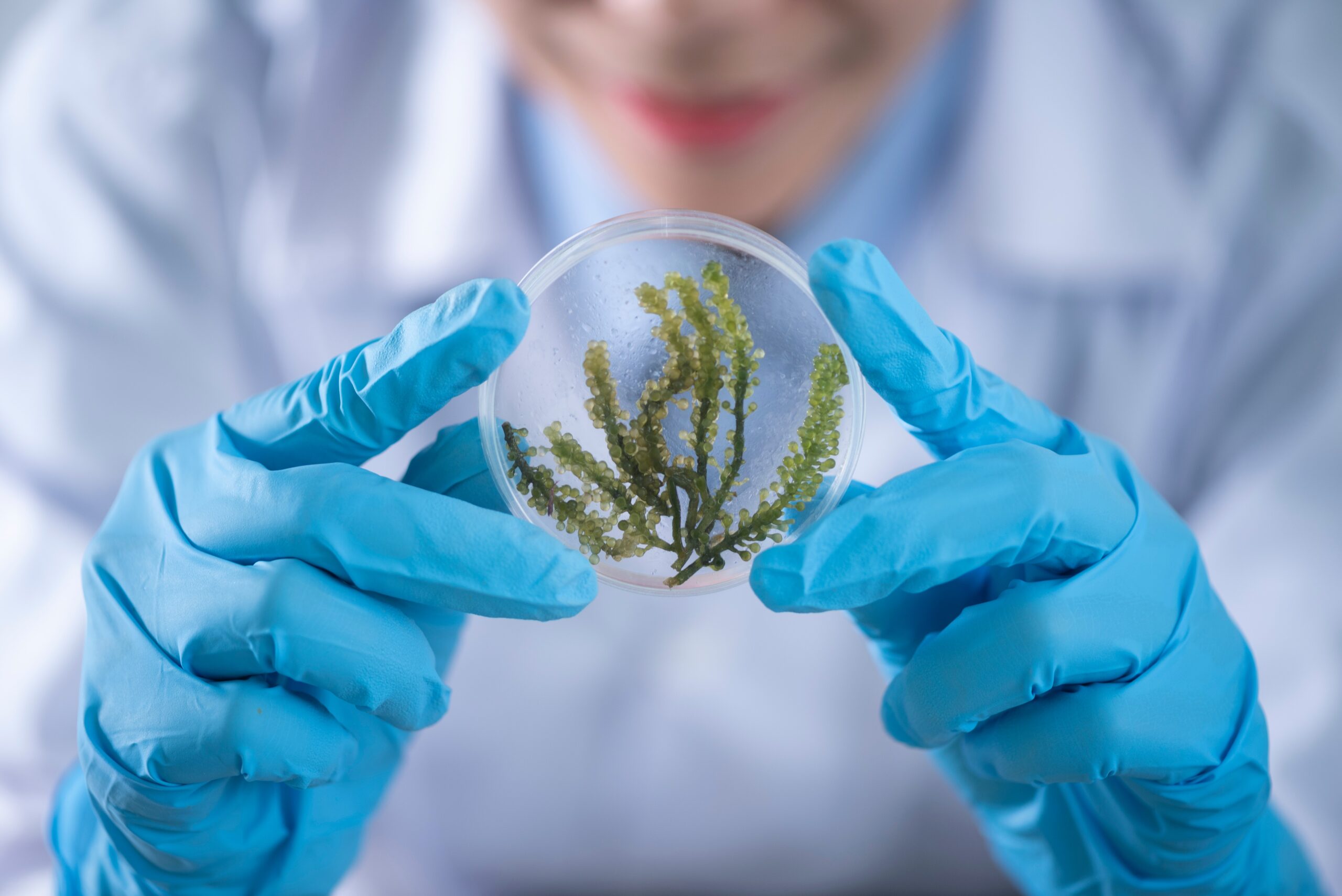As part of a $175M grant for 68 novel clean energy technology projects from the U.S. Department of Energy, these four offer promise in helping the maritime industry meet its decarbonization goals.
Makai Ocean Engineering – Waimanalo, HI
- Remotely Installed Anchorages for Floating Offshore Wind and Other Offshore Renewables Cost Reduction –
$849,951
The Makai Ocean Engineering (Makai) team will develop novel mooring and anchoring methods to reduce the costs of offshore renewable energy. Makai will focus on enabling grid-scale floating offshore wind turbines and marine hydrokinetic systems to be deployed in areas that would otherwise not be accessible or too expensive with current mooring and anchoring technologies. The team’s unique approach to remotely installing micropiles on the seafloor will enable installation of an anchorage strong enough to secure these systems. This approach does not require large and costly equipment and vessels, dramatically reducing the initial installation costs. In addition to reducing costs, Makai’s system will enable offshore renewable deployment where it would otherwise not be feasible.
University of California, Santa Barbara – Santa Barbara, CA
- Quantifying the Potential and Risks of Large-Scale Macroalgae Cultivation and Purposeful Sequestration as aViable CO2 Reduction (CDR) Strategy- $2,897,686
The University of California, Santa Barbara-led team will investigate the impacts of removing up to 0.1 Gt CO2/yr from the atmosphere and surface oceans through cultivating and sinking fast-growing macroalgae that would capture carbon and sequester it for more than 100 years at sea. Macroalgae do not require arable land, fresh water, or added fertilizers, and high production can be achieved in the offshore areas of the U.S.
Exclusive Economic Zone. The team will quantify the long-term biogeochemical fates of fixed carbon in macroalgae, assess the sequestration time scales of macroalgal carbon, estimate their environmental impacts on the ocean interior, and evaluate the benefits and risks of these introduced perturbations to natural earth systems.
Columbia University – New York, NY
- High Capacity Electrolyzers Based on Ultrathin Proton-Conducting Oxide Membranes – $3,375,712
Columbia University seeks to lower the production cost of carbon-free, “green hydrogen” through the development of a low-temperature electrolyzer that uses proton-conducting oxide membranes (POM) with the potential to achieve step-change increases in current density and efficiency compared to today’s commercial polymer electrolyte membrane (PEM) electrolyzers. The project’s approach of decreasing POM thickness by 2-4 orders of magnitude, and subsequently decreasing its resistance by roughly an order of magnitude, would enable efficient low-temperature water electrolysis at current densities higher than those used by conventional PEM electrolyzers. The production of carbon-free “green hydrogen” from low-temperature (< 100 °C) water electrolysis is a highly attractive approach to enabling large-scale decarbonization across a variety of end-use
sectors.
University of Houston – Houston, TX
- Lithium- and Transition Metal-Free High-Energy Fast-Charging Batteries – $3,400,000
The University of Houston seeks to create a class of battery that uses magnesium anodes instead of lithium and organic materials in place of transition metal-based cathodes. Early work has shown very fast reaction kinetics, and power capabilities in excess of 5kW/Kg have been demonstrated. The battery would provide a transportation energy storage solution that could be charged very fast and have a comparable energy density with the state-of-the-art lithium ion. Additionally, given growing market pressures in lithium and transition metals, this alternative could enhance the nation’s energy supply chain security. The project team seeks to advance the technology on multiple fronts including electrode material and electrolyte optimization, cycle life extension, practical cell design, and scaling-up material production and cell fabrication.
Source: www.marinelink.com
Image: www.pexels.com



